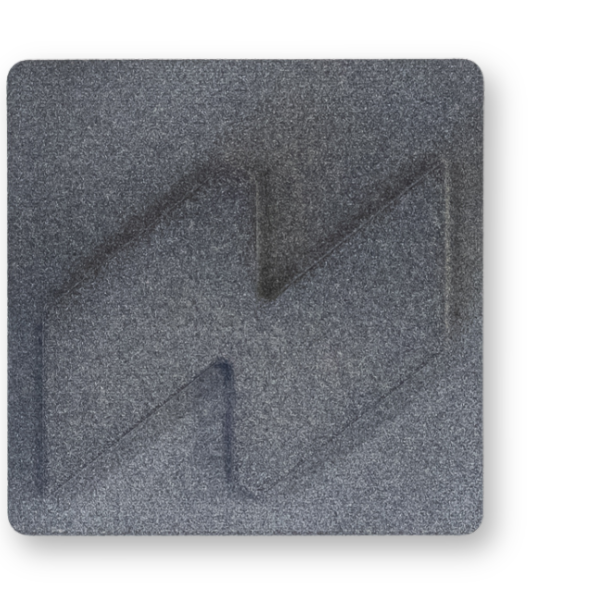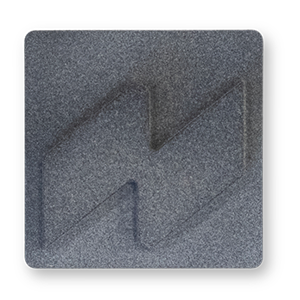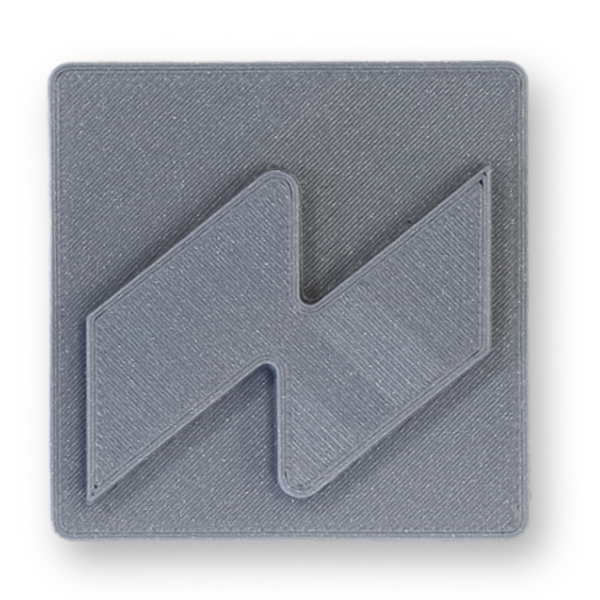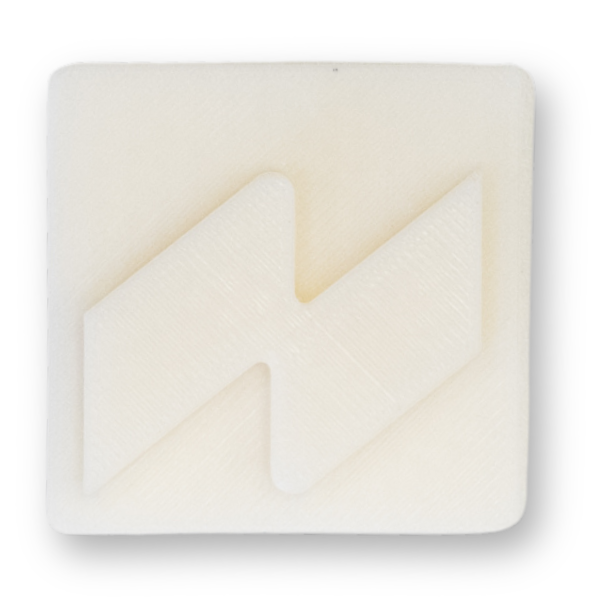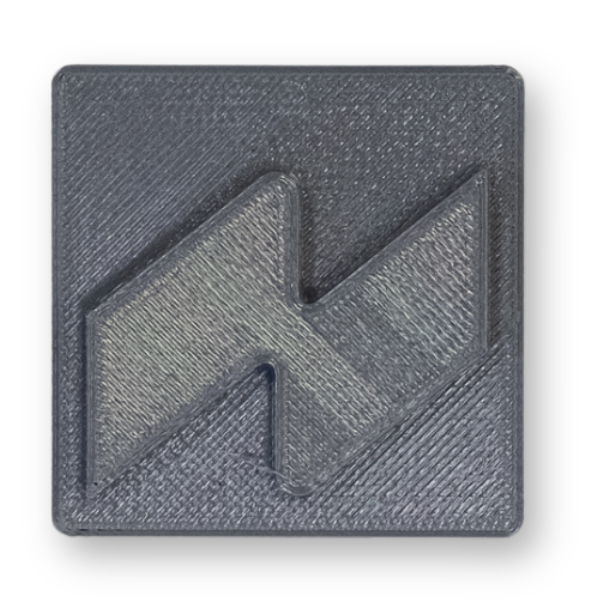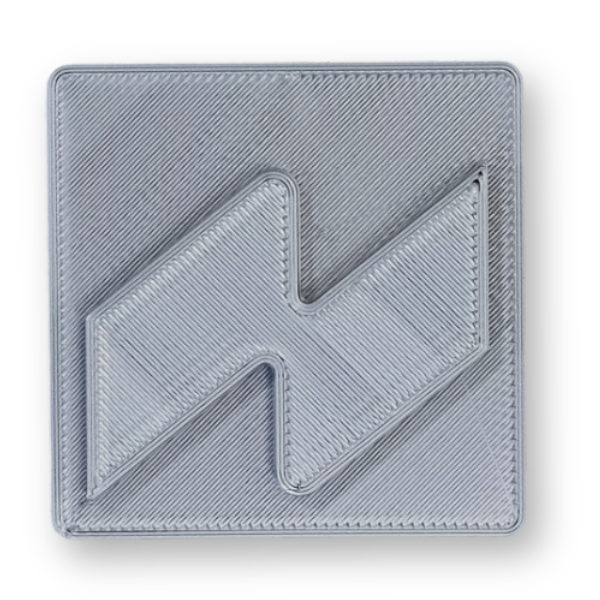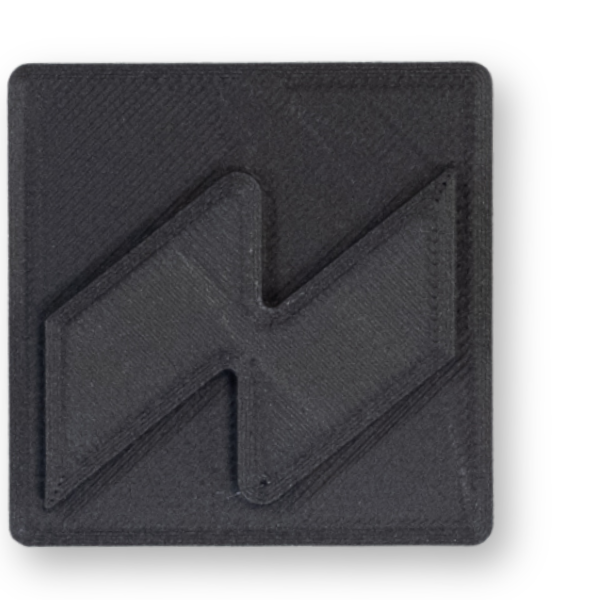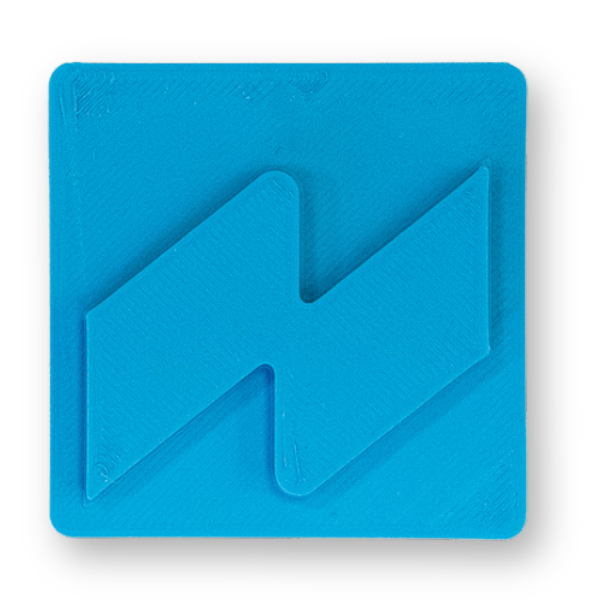Get an instant quote, choose from the best HP MJF and FDM technologies, with fast shipping in 3-5 days
High-performance materials and advanced technologies: HP MJF and FDM
HP MJF vs FDM: Choose the technology that best suits your needs
HP MULTI JET FUSION TECHNOLOGY
Powder bed fusion 3D printing technology. Ideal for industrial components with intricate details, high mechanical strength and uniform surfaces.
DIFFERENTIATING FEATURES
- Advanced materials such as HP 3D HR PA12 and BASF Ultrasint® TPU01
- Ideal for medium to large batches with low costs per piece
- High mechanical strength, isotropic properties
ADVANTAGES
- Reduced need for post-processing due to the quality of the print
-
Guaranteed shipping times
Italy 3, 5, 8 working days | Abroad: 5, 8, 10 working days
FUSED DEPOSITION MODELING TECHNOLOGY
Cost-effective production with versatile materials. Optimal for making functional parts, prototypes, and custom components with a wide range of polymers.
DIFFERENTIATING FEATURES
- Versatile materials such as, ABS, NYLON PA12+CF, PLA and many more
- Cost-effective solution for prototypes and small series
- Resistance to chemical agents, specific materials for technical applications.
ADVANTAGES
- Post-press processing, drilling, threading, sanding and assembly
-
Shipping times will be confirmed with the quotation
Italy: 5, 7, 11 working days | Abroad: 7, 11, 13 working days
How to Get an Instant Quote
Get an estimate for work and services in seconds thanks to our instant quote.

1- INSTANT QUOTE
Log in with your credentials or register in seconds. Upload your files to the platform and start the 3D printing quoting process.

2- SELECT THE PROCESS
Choose between HP MJF or FDM technologies, select the material, and set the processing specifications to choose the finish and lead time.

3- ORDER ONLINE
Immediately receive a detailed quote for your project with HP MJF technology and confirm the order with online payment in total safety.
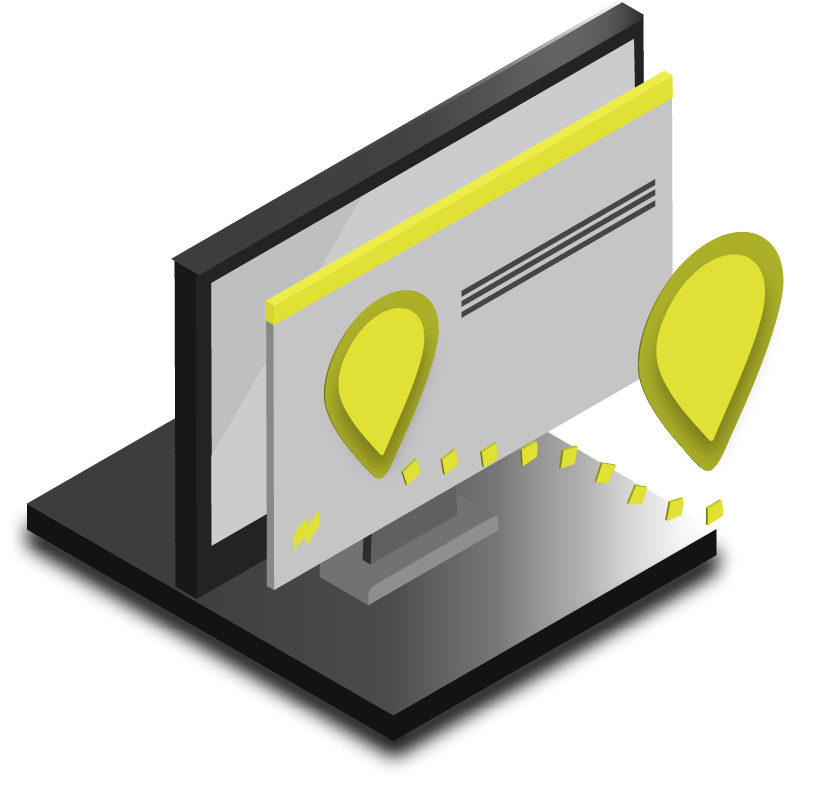
4- TRACK YOUR ORDER
Follow the progress of production from your personal area and receive your printed parts on schedule.
Quotation via RFQ
For complex requests and prints with FDM technology, we offer a dedicated quoting system
The parts submitted for RFQ are analyzed by our team of professionals and partner companies, ensuring optimal solutions in terms of feasibility, materials and production processes. Upload your files and select technical and material specifications. Once the analysis is complete, you will receive your personalized quote and can proceed to confirm the order with online payment.
Upload your files, select the specifications and receive the quotation
3D Printing Technologies, Precision and Support for High-Complexity Industries
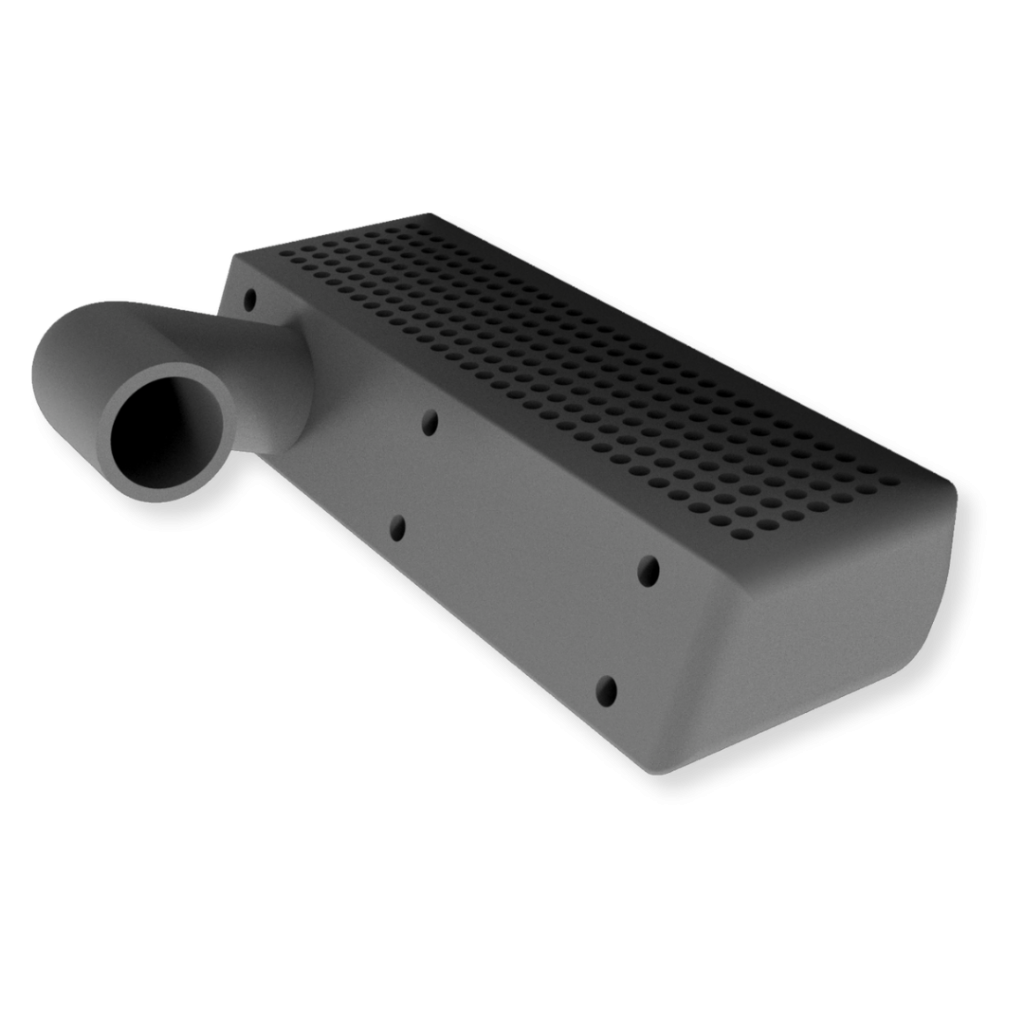
VOLUME
We are able to handle large production volumes with fast delivery times, optimizing every step of the process to meet the timelines required by our customers.
REGULATED SECTORS
With experience in various industries, we are the ideal partner for companies operating in highly regulated environments and with specific technical needs.
SUPERVISED PROCESSES
Supervised production, where precision and reliability come from the use of advanced technologies and proprietary methods optimized for part control and finishing.
INDUSTRIAL TECHNOLOGIES
We constantly invest in the best industrial technologies, such as HP MJF and FDM, to ensure high performance and the ability to support large-scale production.
Not sure which technology to choose?
Our dedicated team is at your disposal to guide you in choosing the most suitable solution for your project. Contact us for more information.
Tailor-made thermoforming models: quick solutions at a fixed price
High precision and guaranteed shipping in 5 days
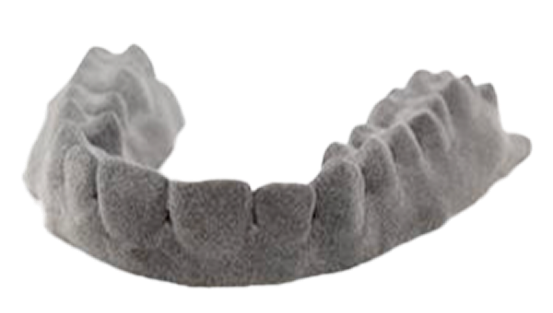
Thanks to 3D printing technologies, we produce thermoforming models with excellent precision, ideal for professionals who require producst with a high level of customization
We offer fast and reliable solutions, with guaranteed shipping within 5 days of order confirmation. Our fixed prices ensure maximum transparency and competitiveness, to optimize time and reduce costs without compromising quality. Choose NIUO to get accurate and timely results for your practice or lab.’
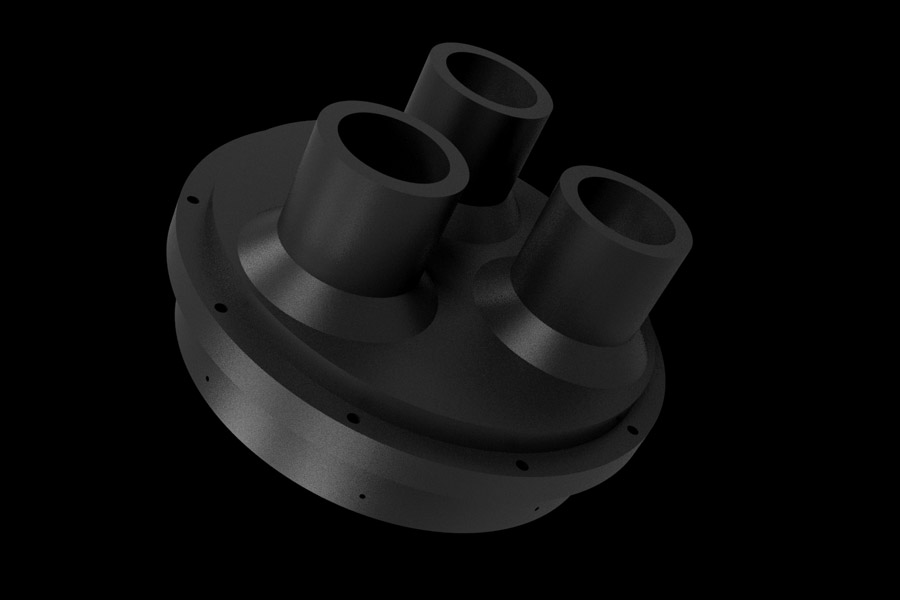

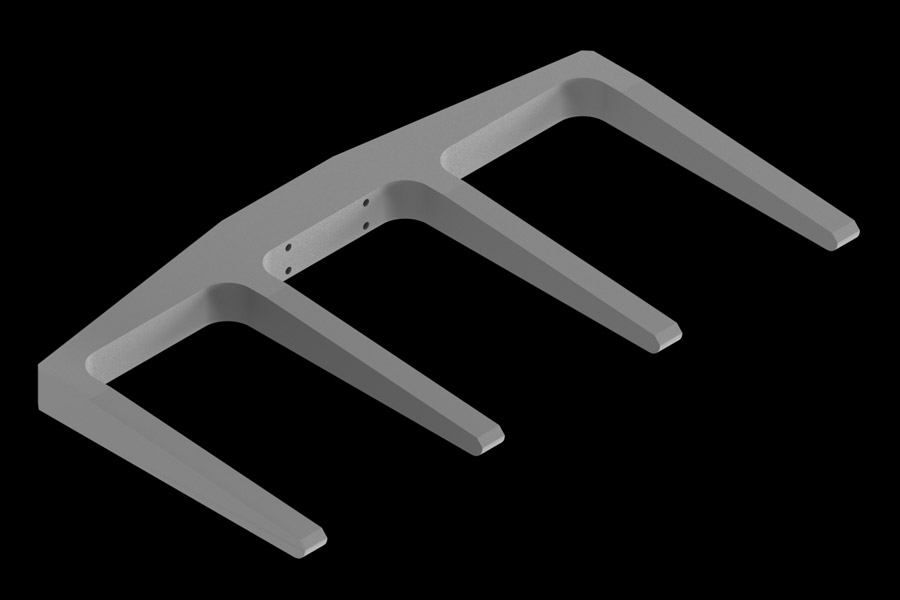
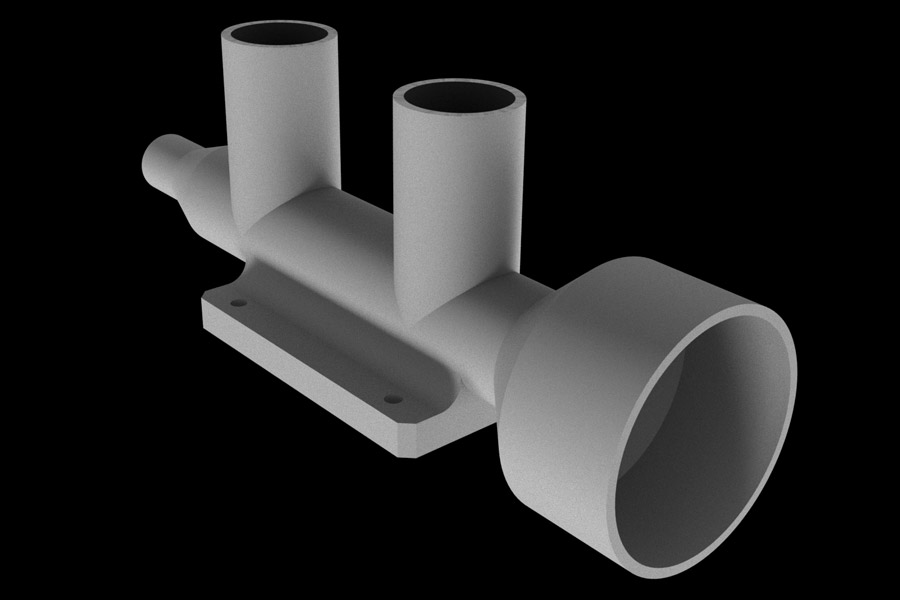
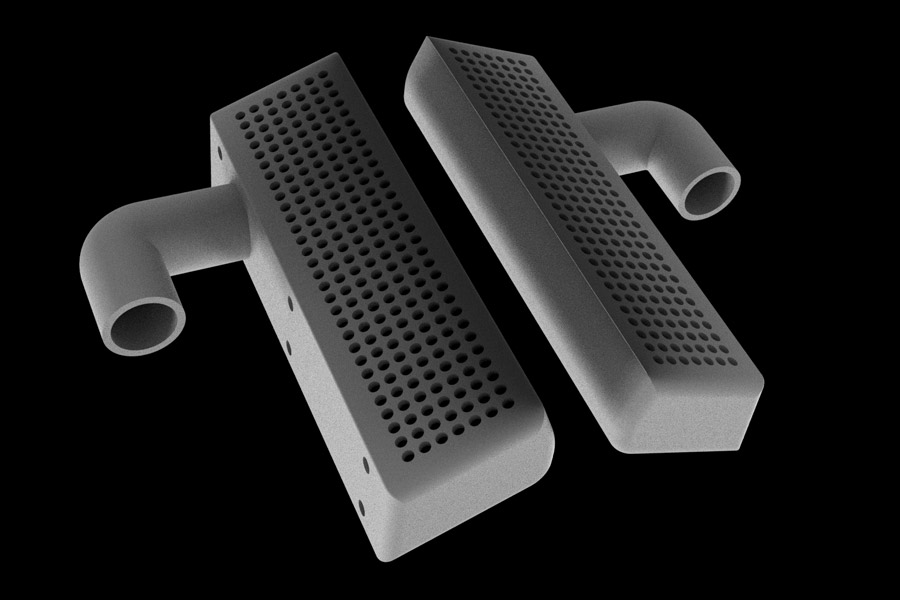
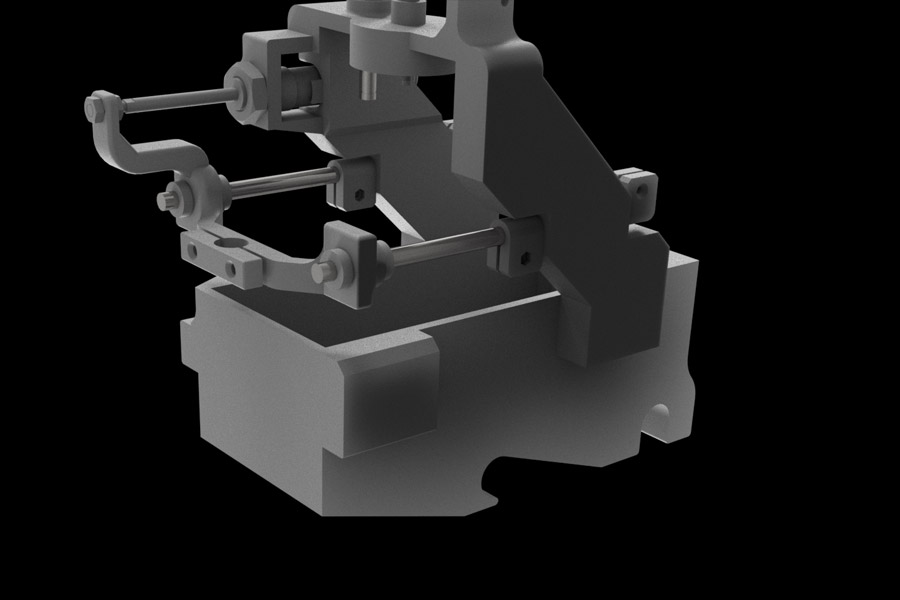
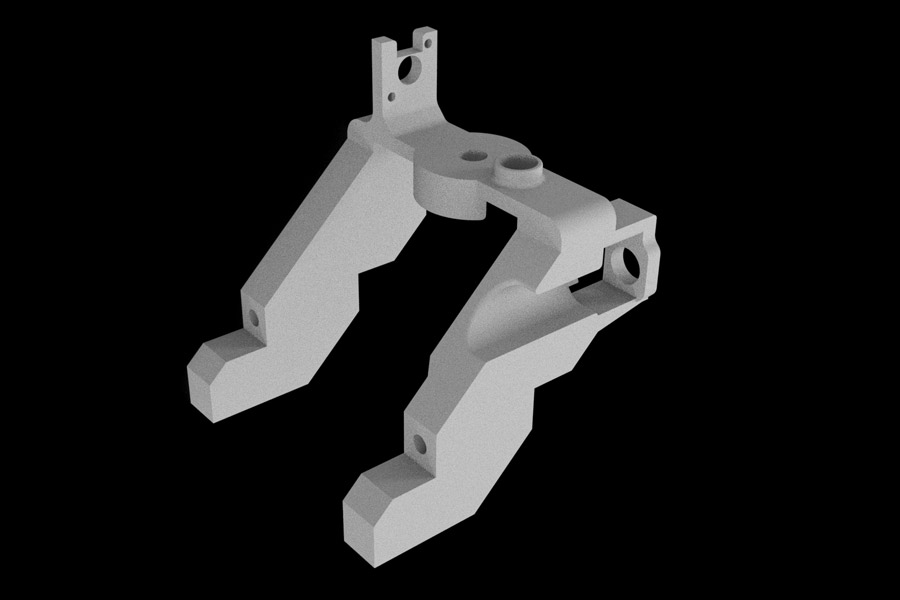
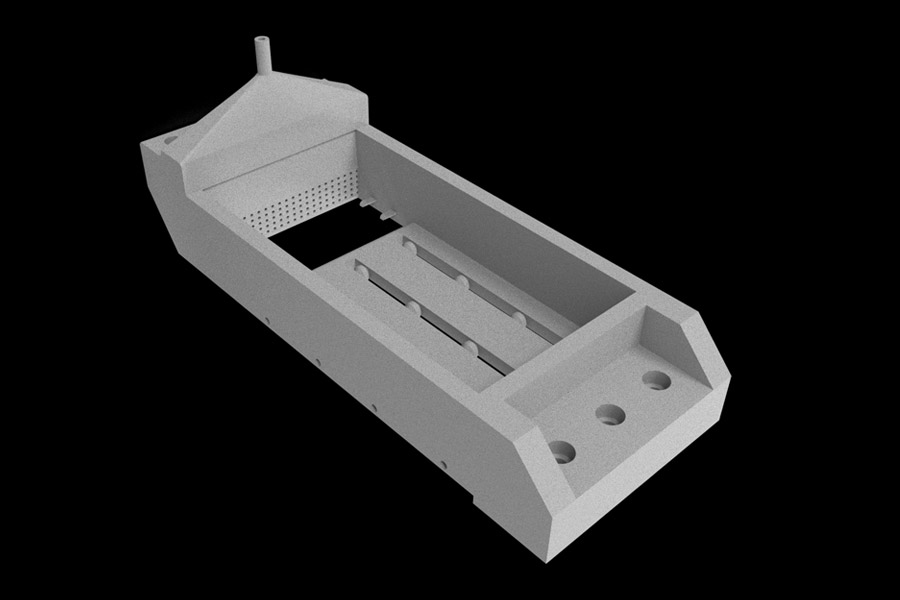

HP MJF 3D Printing Technology, precision, and support for high-complexity industries:
ADVANCED HIGH-QUALITY
MATERIALS
It employs high-quality materials such as HP 3D HR PA12 and BASF Ultrasint® TPU01, ideal for applications that require high performance, strenght and durability
OPTIMIZED PRODUCTION COSTS
HP MJF technology optimizes production costs, making it the ideal choice for large-scale productions while maintaining exceptional quality.
MECHANICAL
STRENGHT
Parts printed with HP MJF offers superior mechanical strength, with isotropic properties that ensure consistent performance in all directions.
REDUCED
POST-PROCESSING
Due to the print quality, HP MJF technology reduces the need for post-processing, speeding up the process and reducing costs.
Versatility, cost-effectiveness, and strenght: the FDM solution for prototypes and small series
FDM is an ideal solution for prototypes and small series, keeping costs low without compromising quality.
FDM technology offers a wide range of versatile materials such as ABS, NYLON PA12+CF, PLA, ABS FOOD and many others, ideal for meeting the needs of functional prototypes and industrial applications.
The materials used are known for their outstanding characteristics, offering robust solutions for technical applications that require superior performance. In addition, post-production services are simple and efficient: removal of supports, inserts, sanding are operations that can be carried out with ease, making FDM technology ideal for rapid prototyping and the production of functional components.
3D Printing Materials with HP MJF and FDM
Explore our selection of advanced materials to meet the needs of every project, from prototyping to industrial production.
Post-processing and finishing for parts printed with HP MJF technology
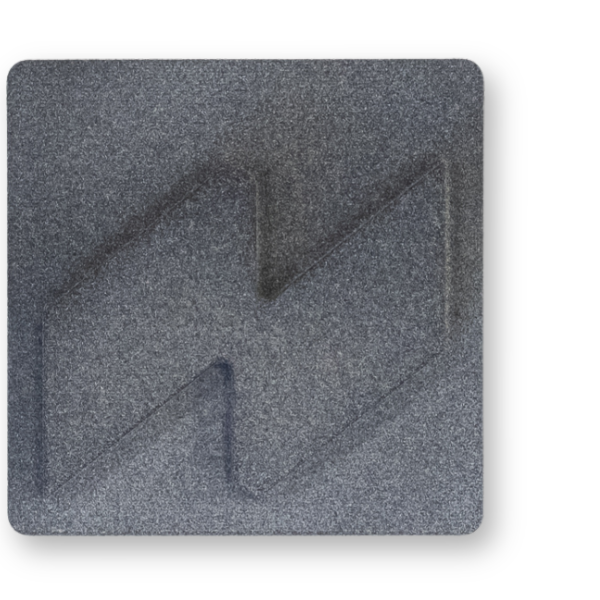
PEENING
The shot peening phase gives the produced part. With HP-MJF technology a high quality finish.
- Micro Glass Spheres (Niuo Micro Glass)
- Treatment included for parts manufactured with HP-MJF technology
- Accurate removal of printing surface dust with reduction of surface roughness
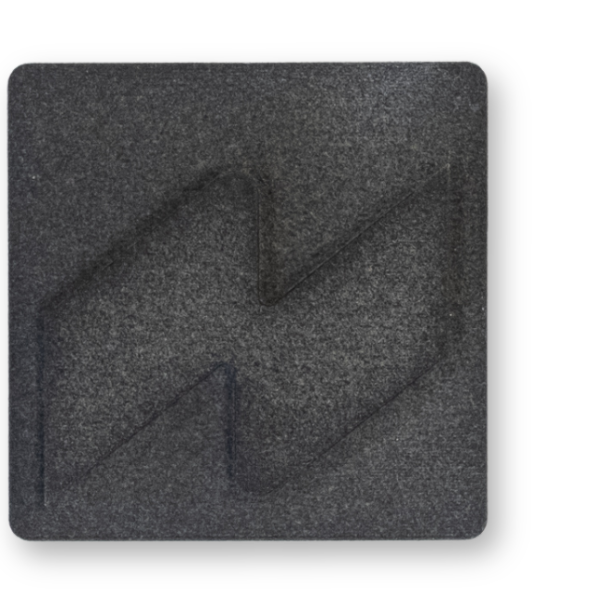
VAPOR SMOOTHING
Through controlled exposure to certified solvent vapors, it allows the reduction of the surface roughness of 3D printed parts.
- Specialized solvents for surface treatment
- Optional treatment at additional cost
- Smoothing of the surface by vaporizing solvents, reducing roughness and closing porosity.

COLOR
Two options are available: TOP BLACK pigmentation for a uniform black, or spray painting with matte or semi-gloss finishes.
- TOP BLACK pigments or water-based paint
- Optional treatment at additional cost
- Uniform black pigmentation or varnish with matte/semi-gloss options.
Frequently asked questions
Immediate estimate: get an estimate for work and services in seconds.
FDM printing: what do I need to know?
FDM (Fused Deposition Modeling) printing is an additive technology that builds 3D objects by depositing successive layers of molten thermoplastic. It is a versatile and cost-effective solution that is perfect for functional prototypes, technical components and small series production.
However, like all technologies, it has some limitations to consider:
- Layer visibility: Surfaces may exhibit a stepped texture due to layering.
- Dimensional tolerances: Accuracy can vary, especially with complex or very small geometries.
- Warping: some parts, especially those that are larger or have flat geometries, can deform during cooling (warping effect), compromising the adhesion to the printing bed or the final shape of the part.
- Anisotropic strength: Parts are less strong along the Z-axis, where cohesion between layers is lower.
- Supports and post-processing: some shapes require supports, and post-print treatment may be required to improve aesthetics.
- Removal of supports: In some cases, removal of supports can leave marks or imperfections on the surface, affecting the level of aesthetic finish of the part.
What are the dimensions of the print unit?
Our 3D printers support different printing volumes depending on the technology required;
- HP-MJF ( 380x380x284 mm)
- FDM: The maximum available printing area is 300 x 300 x 300 mm with a single extruder.
In dual extruder mode, the usable size is reduced to 255 x 300 x 300 mm.
For larger objects, you can consider splitting them into multiple parts for later assembly. If you have any doubts about the size of your model, our team is available for a technical evaluation.
What are the supported file formats?
We mainly accept files in . STL and . STEP/. STP, the most widely used in 3D printing.
The . STL is ideal for direct printing, while the . STEP/. STP is preferred for technical assessments,
changes and better geometry management.
If you have a file in a different format, please contact us and we’ll discuss compatibility or conversion together.
What are the limits of clearances and couplings for matching parts?
To ensure correct assembly between 3D printed components, it is advisable to provide a minimum functional clearance of 1 mm between mating surfaces.
This value takes into account the dimensional tolerances typical of additive processes, in particular FDM and HP MJF technologies, and serves to compensate for any variations related to thermal deformations, anisotropies or printing inaccuracies. The definition of the correct clearance is the responsibility of the designer and must be evaluated according to the application, the type of coupling (fixed, mobile, press-fit), and the technology used.
